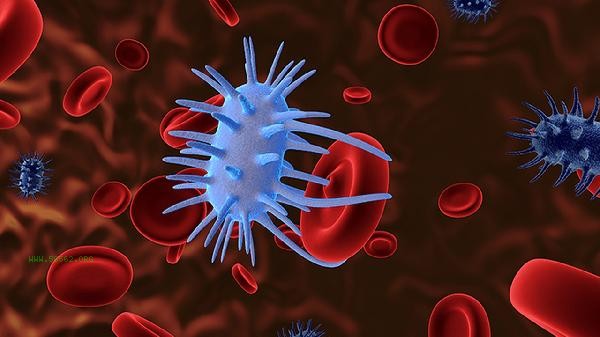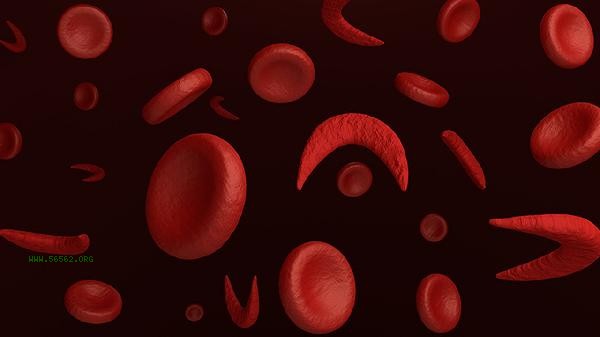A high average volume of red blood cells can be regulated by adjusting dietary structure, supplementing hematopoietic materials, investigating the cause, moderate exercise, and regular monitoring. The abnormality of this indicator may be related to factors such as nutritional deficiency, bone marrow disease, alcohol abuse, or hypothyroidism.

1. Adjust dietary structure
Increase animal liver, fish, and eggs rich in vitamin B12, and supplement folate rich dark green vegetables and beans. Reduce the intake of high-fat and high sugar foods, and avoid alcohol affecting hematopoietic function. Daily intake of moderate amounts of red meat and seafood can help improve the condition of large volume caused by megaloblastic anemia.
2. Supplement hematopoietic raw materials
Use hematopoietic raw material supplements such as vitamin B12 tablets and folic acid tablets under the guidance of a doctor. For patients with absorption disorders, intramuscular injection of vitamin B12 injection may be necessary. Avoid self administering large doses and determine the degree of deficiency through blood tests.
3. Investigating potential causes
requires bone marrow puncture to rule out myelodysplastic syndrome, and thyroid function testing to determine whether it is caused by hypothyroidism. Long term drinkers need to stop drinking and observe the changes of indicators, and diabetes patients need to control the blood sugar level. Some drugs, such as antiepileptic drugs, may also cause an increase in volume.

4. Moderate Aerobic Exercise
Engage in moderate intensity exercises such as brisk walking and swimming 3-5 times a week for 30-40 minutes each time. Exercise can promote blood circulation and hematopoietic function, but severe anemia patients should avoid vigorous exercise. Pay attention to replenishing water and electrolytes before and after exercise.
5. Regular blood check ups
In the initial stage, blood routine checks should be conducted every 1-2 months, and after stabilization, monitoring should be conducted every 3-6 months. Simultaneously observe changes in related indicators such as hemoglobin and reticulocytes. High risk populations such as pregnant women and gastrointestinal surgery patients need to strengthen follow-up. Record daily diet and symptom changes for doctors' reference.

It is necessary to maintain a regular daily routine and avoid staying up late and overworking. Reduce high-temperature frying during cooking to preserve the B vitamins in the food. Seek medical attention promptly when experiencing dizziness, worsening fatigue, or pale skin and mucous membranes. For those who have not improved for a long time, genetic testing should be considered to rule out the possibility of hereditary anemia, and if necessary, specialized treatment in hematology should be sought.








Comments (0)
Leave a Comment
No comments yet
Be the first to share your thoughts!